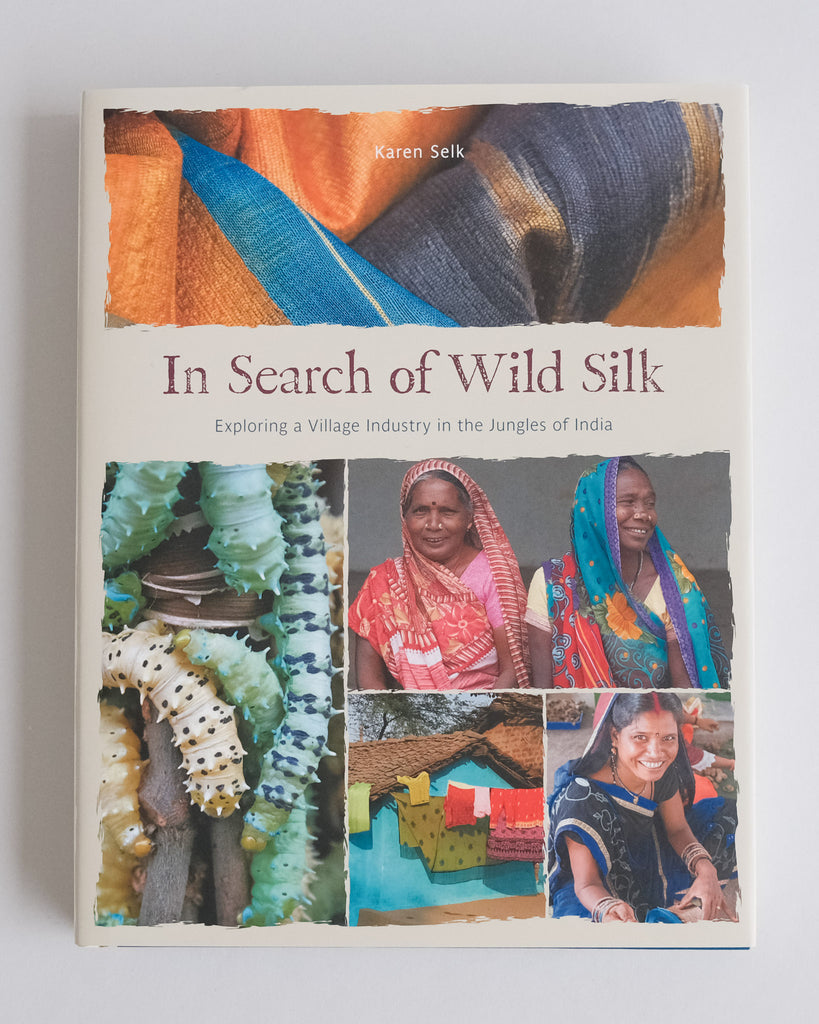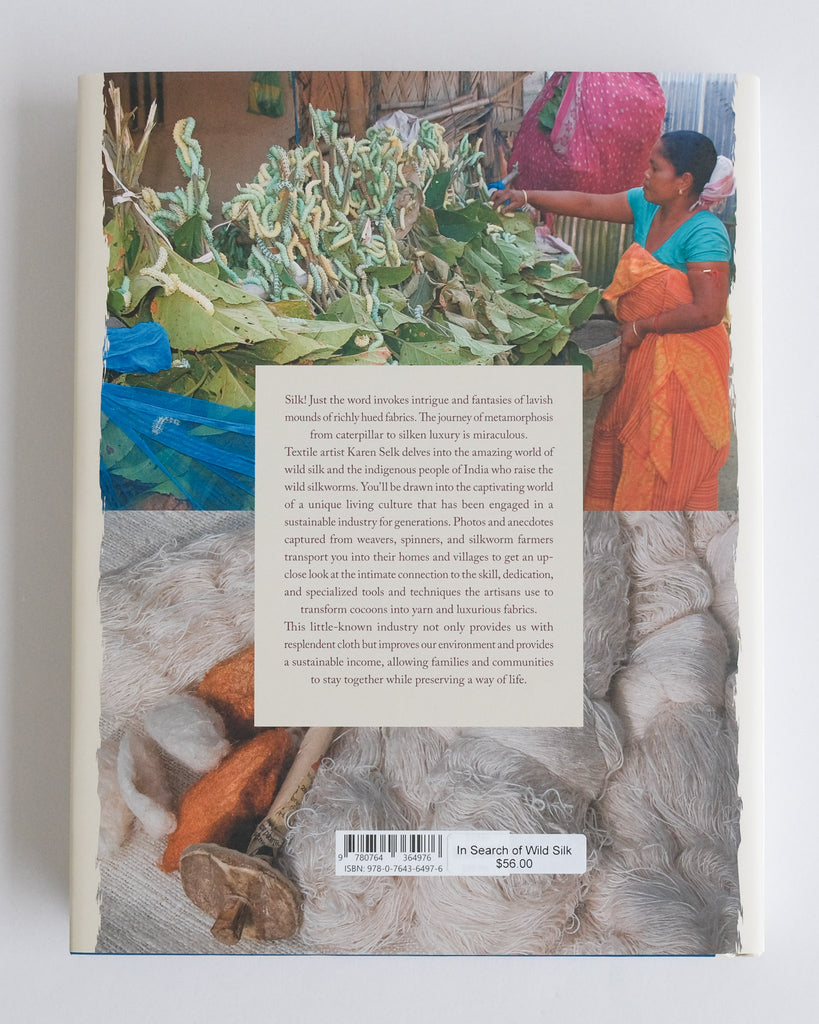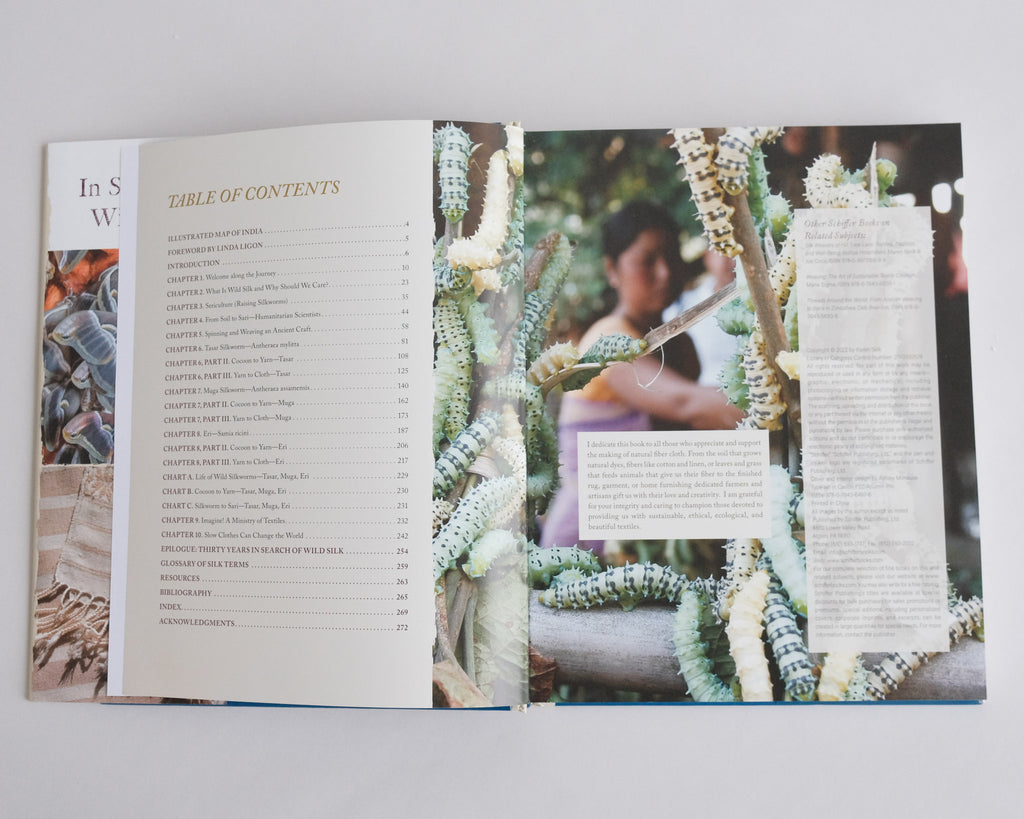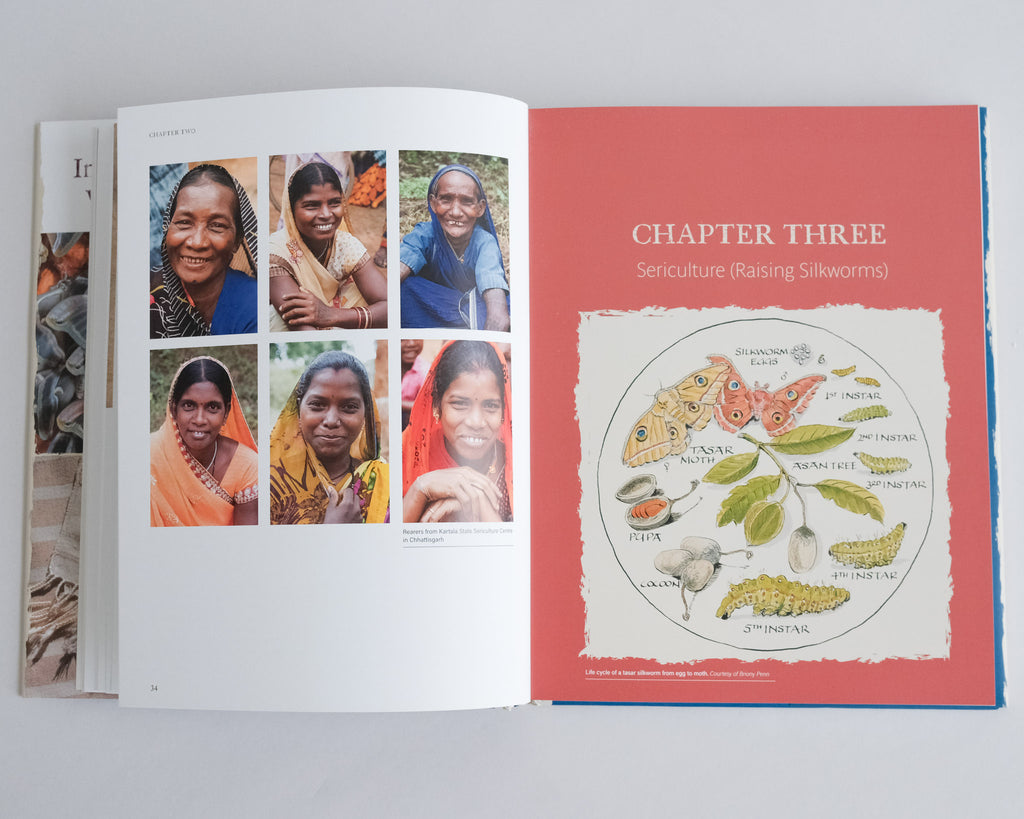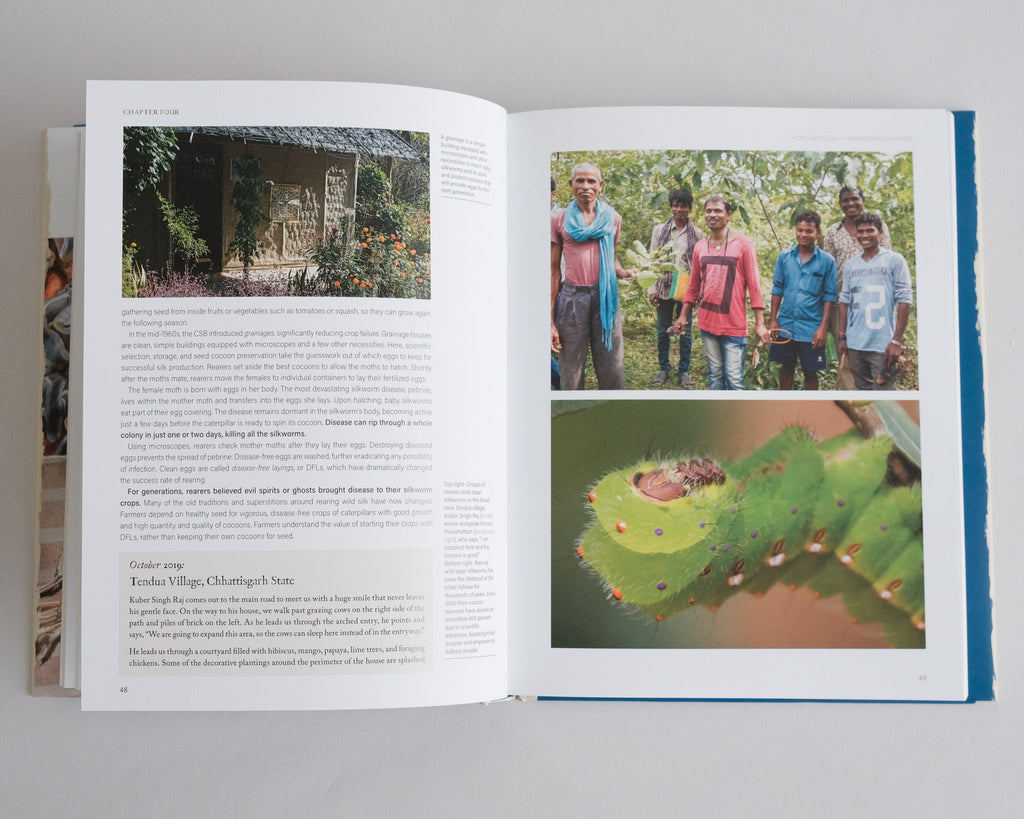-
Natural Dyes
-
All Natural Dyes
- About Natural Dyes
- Alkanet
- Brazilwood
- Buckthorn
- Chamomile
- Chestnut
- Cochineal
- Cutch
- Dyers Broom
- Eupatorium
- Fustic
- Gallnut
- Henna
- Himalayan Rhubarb
- Indigo
- Kamala
- Lac
- Logwood
- Madder
- Marigold
- Mimosa
- Myrobalan
- Onion Skins
- Osage
- Pomegranate
- Quebracho
- Safflower
- Sequoia
- Sumac
- Symplocos
- Tannin Blend
- Tara
- Walnut
- Weld
- Woad
- Kits
- Hair Dye & Mehndi
- Natural Dye Books
- Mordants & Tannins
- Extracts
- Raw Materials
- Indigo
-
All Natural Dyes
-
Supply Store
-
Supplies
- Gift Cards
- On Sale
- Books & Magazines
- Brushes
- Buttons (handcarved)
- Drawstring Bags
- Earth Pigments
- General Supplies
- Hair Dye & Mehndi
- Instructions
- Japanese Supplies
- Kits
- Merchant & Mills
- Pen & Ink
- Projects
- Resists
- Rope & Twine
- Soaps & Scours
- Stencils
- Thickeners
- Wooden Blocks
- Videos
- Yarn (all)
- Yarn (Naturally Dyed)
- Yarn (Undyed)
- Techniques
- Blanks & Yardage
- Additives
- Fabric Dyes + Paints
-
Supplies
- Maiwa Store
- Artisans
- About Us
- School of Textiles
In Search of Wild Silk
$56.00
Textile artist Karen Selk delves into the amazing world of wild silk and the Indigenous people of India who raise these silkworms. Readers will be drawn into the captivating world of a unique living culture that has been engaged in a sustainable industry for generations.
Fosters an appreciation for the work and humanity of the artisans involved with wild silk. For textile artists and anyone interested in the people and techniques involved in wild silk creation. Explores the importance of maintaining a local and sustainable wild silk industry.
Photos and anecdotes captured from weavers, spinners, and silkworm farmers transport readers into their homes and villages to get an up-close look at the intimate connection to the skill, dedication, and specialized tools and techniques the artisans use to transform cocoons into yarn and luxurious fabrics.
This little-known industry not only provides resplendent cloth but improves the environment and provides a sustainable income. It allows families and communities to stay together while preserving a way of life.
Hardcover
ISBN: 978-0-7643-6497-6
Maiwa's review:
Maybe you know about silk. Most of us do. Its lustre and sheen is unlike any other fibre. It's tempting luxury caused Pliny the Elder to rail against it almost two-thousand years ago. But what of the wild silks? Most wild silks are spun by moths as large as your open hand. They are fantastic creatures creating equally fantastic fibres. What is wild silk? Who works with it? Where do they live and what are their lives like?
Karen Selk answers all these questions and more in her extraordinary book "In Search of Wild Silk." Karen is well known to textile artisans as a silk specialist, lecturer, researcher and the founder of Treenway Silks.
In her new book Karen Selk takes us on a visual tour of India to meet the cultures and communities that work with wild silks from Assam to Odisha. This is an in-depth journey and Karen has drawn on over thirty years of experience working with sericulture to tell us about it.
In addition this book contains a valuable glossary, extensive catalogue of resources, and a comprehensive bibliography. If you work with textiles, clothing or fashion, this book is an invaluable addition to your studio. If you are interested in the relationship between cultures and cloth this book should be in your library.
